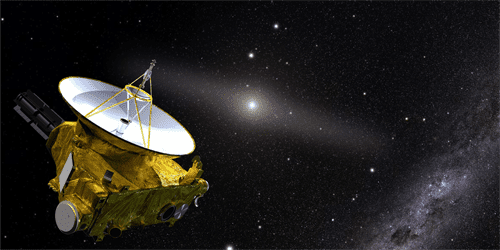
The visible wavelengths of light emitted by all objects outside the Milky Way galaxy together make up the cosmic optical background (COB).
Recently, the New Horizons spacecraft returned its most accurate measurement of the COB to date, finding it to be twice as bright as expected.
In response, a study published in Physical Review Letters suggests that this brightness may be caused by the decay of dark matter particles called axions.
Because COB measurements are often affected by sunlight scattered by interstellar dust, accurate determination of their brightness is difficult.
New Horizons measurements were made just past Pluto, at the edge of the solar system, avoiding most of the light pollution and measuring a much higher brightness.
The researchers concluded from modeling that if the dark matter candidate axion (axion) exhibits axion-photon pairing, then the higher-than-expected COB brightness could come from the decay of the axion.
According to the modeling results, axions with masses between 8 and 20 eV could explain the source of the excess brightness if they are converted to photons at a rate of about 10-15 per year.